This website uses cookies
We use cookies to personalise content and ads, to provide social media features and to analyse our traffic. We also share information about your use of our site with our social media, advertising and analytics partners who may combine it with other information that you’ve provided to them or that they’ve collected from your use of their services.
Cookie Policy
What are cookies?
A cookie is a small text file that a website stores on your computer or mobile device when you visit the site.
- First party cookies are cookies set by the website you're visiting. Only that website can read them. In addition, a website might potentially use external services, which also set their own cookies, known as third-party cookies.
- Persistent cookies are cookies saved on your computer and that are not deleted automatically when you quit your browser, unlike a session cookie, which is deleted when you quit your browser.
Every time you visit our websites, you will be prompted to accept or refuse cookies. The purpose is to enable the site to remember your preferences (such as user name, language, etc.) for a certain period of time. That way, you don't have to re-enter them when browsing around the site during the same visit.
Cookies can also be used to establish anonymised statistics about the browsing experience on our sites.
How do we use cookies?
Currently, there are four types of cookies that may be generated as you browse our site: Strictly Necessary, Statistics, Preference and Marketing cookies.
1. Strictly Necessary Cookies
These cookies are essential for you to browse the website and use its features, such as accessing secure areas of the site. Cookies that allow web shops to hold your items in your cart while you are shopping online are an example of strictly necessary cookies. These cookies will generally be first-party session cookies. While it is not required to obtain consent for these cookies, what they do and why they are necessary are explained in the table below.
How do I control Strictly Necessary Cookies?
You can use your browser settings to control whether or not we set session cookies. More information on your browser settings is provided at the bottom of this page.
Please be aware that these cookies are critical to the efficient working of the site. If you choose to disable these cookies from this site, the functionality of the site may be greatly reduced.
2. Statistics Cookies
Also known as "performance cookies," these cookies collect information about how you use a website, like which pages you visited and which links you clicked on. None of this information can be used to identify you. It is all aggregated and, therefore, anonymized. Their sole purpose is to improve website functions. This includes cookies from third-party analytics services as long as the cookies are for the exclusive use of the owner of the website visited.
Statistical information is used in reports and to improve our site. For example, we have used analytics data to add, remove or change features of the site based on how popular they are with users.
We track, for example:
- the numbers of visitors to individual pages;
- when pages were visited;
- how long users stayed on the page;
- the IP address of the user of the website;
- the page they came from;
- technical data about the device being used to browse the site (such as browser and operating system version, and display size) — we use this data to ensure that the technology our site uses is appropriate for the majority of our users, and how best to display the site for users who have less capable browsers.
More information about Statistics cookies
We use cookies from different partners including Google to provide our analytics data. You can read more about how Google Analytics treats your data on their web site. You can also read Google's full privacy policy.
How do I control Statistics cookies?
Google provides a tool to opt-out of Google Analytics. This is available for all modern browsers in the form of a browser plugin. Additionally, you can control how cookies are set using your browser settings.
3. Preference cookies
Also known as "functionality cookies," these cookies allow a website to remember choices you have made in the past, like what language you prefer, whether you have accepted our cookie policy, what region you would like weather reports for, or what your user name and password are so you can automatically log in.
4. Marketing cookies
The advertisements you see displayed on this, and other, sites are generated by third parties. These services may use their own anonymous cookies to track how many times a particular ad has been displayed to you and may track your visits to other sites where their ads are displayed. Please note that advertisers can only track visits to sites which display their ads or other content. This tracking is anonymous, meaning that they do not identify who is viewing which ads.
Tracking in this manner allows advertisers to show you ads that are more likely to be interesting to you, and also limit the number of times you see the same ad across a wide number of sites. As an example of how advertisers operate, if you recently researched holidays, adverts for holiday operators may subsequently appear on our sites.
We do not have access to, or control over, these third party cookies; nor can we view the data held by these advertisers. Online advertisers provide ways for you to opt-out of your browsing being tracked. More information about the advertisers we use, and how to opt-out, is provided below.
Youtube
We display clips from Youtube related to our purchase opportunities. You can view Youtubes's privacy policy on their website. This page also allows you to control what cookies YouTube saves on your computer.
We work with Google to optimise how Google ads are displayed. You can discover how Google protects your privacy relating to ads at its privacy policy.
Cookie Table of our cookies
Cookies you may see used on konvi.app
| Cookie name | Default expiration time | Purpose | Description |
|---|---|---|---|
| _fbp | 3 months | Marketing cookies | Facebook: to store and track visits across websites. |
| _ga | 2 years | Statistics cookies | Google Analytics: to store and count pageviews. |
| _gat_UA-* | 1 minute | Statistics cookies | Google Analytics: functional |
| _gid | 1 day | Statistics cookies | Google Analytics: to store and count pageviews. |
| _iub_cs-* | 1 year | Preferences cookies | iubenda: to store cookie consent preferences. |
| euconsent-v2 | 1 year | Preferences cookies | To store cookie consent preferences. |
| referrerReferralId | 1 browser session | Strictly necessary cookies | Track user referrals |
| t_gid | 1 year | Marketing cookies | Taboola: assigns a unique User ID that allows Taboola to recommend specific advertisements and content to this user |
| APISID | 2 years | Marketing cookies | Youtube: Google Ads Optimization |
| HSID | 2 years | Marketing cookies | Youtube: to provide fraud prevention |
| LOGIN_INFO | 2 years | Marketing cookies | Youtube: to store and track visits across websites. |
| PREF | 2 years | Marketing cookies | Youtube: to store and track visits across websites. |
| SAPISID | 2 years | Marketing cookies | Youtube: Google Ads Optimization |
| SID | 2 years | Marketing cookies | Youtube: to provide ad delivery or retargeting, provide fraud prevention. |
| SIDCC | 1 year | Marketing cookies | Youtube: to provide ad delivery or retargeting, provide fraud prevention. |
| SSID | 2 years | Marketing cookies | Youtube: to provide ad delivery or retargeting, provide fraud prevention. |
| VISITOR_INFO1_LIVE | 1 year | Strictly necessary cookies | Youtube: to provide bandwidth estimations. |
| YSC | 1 browser session | Marketing cookies | Youtube: to store a unique user ID. |
| __Secure-1PAPISID | 2 years | Marketing cookies | Youtube: Google Ads Optimization |
| __Secure-1PSID | 2 years | Marketing cookies | Youtube: to provide ad delivery or retargeting, provide fraud prevention. |
| __Secure-3PAPISID | 2 years | Marketing cookies | Youtube: Google Ads Optimization |
| __Secure-3PSID | 2 years | Marketing cookies | Youtube: to provide ad delivery or retargeting, provide fraud prevention. |
| __Secure-3PSIDCC | 1 year | Marketing cookies | Youtube: to provide ad delivery or retargeting, provide fraud prevention. |
| IDE | 1.5 years | Marketing cookies | doubleclick: serving targeted advertisements that are relevant to the user across the web. |
| RUL | 1 year | Marketing cookies | doubleclick: serving targeted advertisements that are relevant to the user across the web. |
| variant | 1 browser session | Strictly necessary cookies | For providing targeted content to users |
| cookie_consent | 1 year | Strictly necessary cookies | For persisting cookie consent |
| 1P_JAR | 1 month | Marketing cookies | Google: optimize advertising, to provide ads relevant to users |
| NID | 1 month | Marketing cookies | Google: to provide ad delivery or retargeting, store user preferences |
Removing cookies from your device
You can delete all cookies that are already on your device by clearing the browsing history of your browser. This will remove all cookies from all websites you have visited.
Be aware though that you may also lose some saved information (e.g. saved login details, site preferences).
Managing site-specific cookies
For more detailed control over site-specific cookies, check the privacy and cookie settings in your preferred browser
Blocking cookies
You can set most modern browsers to prevent any cookies being placed on your device, but you may then have to manually adjust some preferences every time you visit a site/page. And some services and functionalities may not work properly at all (e.g. profile logging-in).
Further help
If you still have any concerns relating to our use of cookies, please contact us at support@konvi.app
Why Pablo Picasso is among the most expensive artists in history!
Nikkan Navidi•13.12.2024
Pablo Picasso’s name is synonymous with innovation, creativity, and genius. As one of the most influential artists of all time, Picasso’s works broke boundaries, redefined artistic norms, and cemented his place as a cornerstone of modern art. His enduring legacy transformed the art world and established him as one of the most sought-after and valuable figures in the art market.
This article explores Picasso’s journey—from his early influences and groundbreaking innovations to his record-breaking auction successes—and how his legacy continues to captivate collectors and investors today.
Early Life and Influences: Foundations of a Genius
Born in Málaga, Spain, in 1881, Pablo Picasso was destined for artistic greatness. Under the tutelage of his father, José Ruiz Blasco, a painter and professor, Picasso mastered classical techniques at an early age. By the time he was 14, his talent had outpaced his father’s, and he began studying at prestigious art institutions like the Royal Academy of San Fernando in Madrid.
Picasso’s artistic vision truly blossomed in Barcelona and Paris, where he absorbed a variety of influences. In Barcelona, he joined the city’s modernist circles, which encouraged experimentation and bold expression. Paris exposed him to the avant-garde, including the works of Paul Cézanne and Henri Toulouse-Lautrec, and the revolutionary Post-Impressionist movement. This mix of classical training and modernist inspiration set Picasso apart as he embarked on his groundbreaking career.
Cubism: A Revolution in Visual Language
Picasso’s most defining contribution to art history is Cubism, a movement he co-created with Georges Braque, whose innovative work revolutionised modern art by deconstructing traditional forms and perspectives into fragmented, geometric compositions. Cubism dismantled traditional concepts of perspective and representation, presenting fragmented forms that allowed viewers to see multiple angles simultaneously.
Picasso’s Les Demoiselles d’Avignon (1907) is considered the precursor to Cubism. The painting shocked audiences with its abstracted, angular figures and its bold departure from traditional aesthetics. Inspired by African masks and Iberian sculpture, Picasso and Braque expanded on this approach to create works that challenged viewers to rethink how they perceive reality.
Cubism was a seismic shift in the art world, influencing countless modern art movements and changing how we think about representation and abstraction.
Why Cubism Matters: Picasso’s Role in Art History
Cubism was more than an art movement—it was a revolution. By rejecting the Renaissance ideals of perspective and representation, Picasso and Braque challenged the fundamental principles of Western art. Picasso’s pioneering work laid the groundwork for modern art, inspiring countless artists and movements, from Futurism to Abstract Expressionism.
This innovative spirit is one of the reasons Picasso’s works continue to resonate. His ability to push boundaries and redefine artistic norms has made him a central figure in the history of art and one of the most valuable names in the market.
Cubism was more than an art movement—it was a revolutionary approach to representation and perception. Developed by Pablo Picasso and Georges Braque in the early 20th century, Cubism rejected the Renaissance ideals of linear perspective and naturalistic representation, instead deconstructing subjects into fragmented, geometric planes. This technique allowed artists to depict multiple perspectives simultaneously, creating compositions that challenged how viewers perceived form, depth, and space.
The movement evolved in two key phases:
- Analytic Cubism (1908–1912) focused on breaking down objects into interlocking shapes and muted tones, often resembling shards of glass. Paintings like Picasso’s Girl with a Mandolin and Braque’s Violin and Candlestick are prime examples, emphasizing form over color to explore structural complexity.
- Synthetic Cubism (1913–1925) introduced collage elements, incorporating materials like newspaper clippings, rope, and fabric into compositions. This phase expanded the movement’s scope, blending traditional art with everyday objects, as seen in Picasso’s Still Life with Chair Caning.
Cubism inspired a generation of artists, including Juan Gris, Fernand Léger, and Marcel Duchamp, who adopted and adapted its principles in their own work. Its influence extended beyond visual art, shaping movements like Futurism and Constructivism and leaving a lasting impact on modern design and architecture.
Picasso’s ability to redefine artistic norms and challenge conventions through Cubism solidified his status as one of the most valuable and influential figures in the history of art.
Versatility Across Mediums and Styles
While Cubism is Picasso’s most famous contribution, his artistic genius spanned a range of styles and mediums. From the melancholic tones of his Blue Period to the playful optimism of his Rose Period and the raw emotion of Guernica, Picasso mastered styles that reflected both personal and cultural narratives.
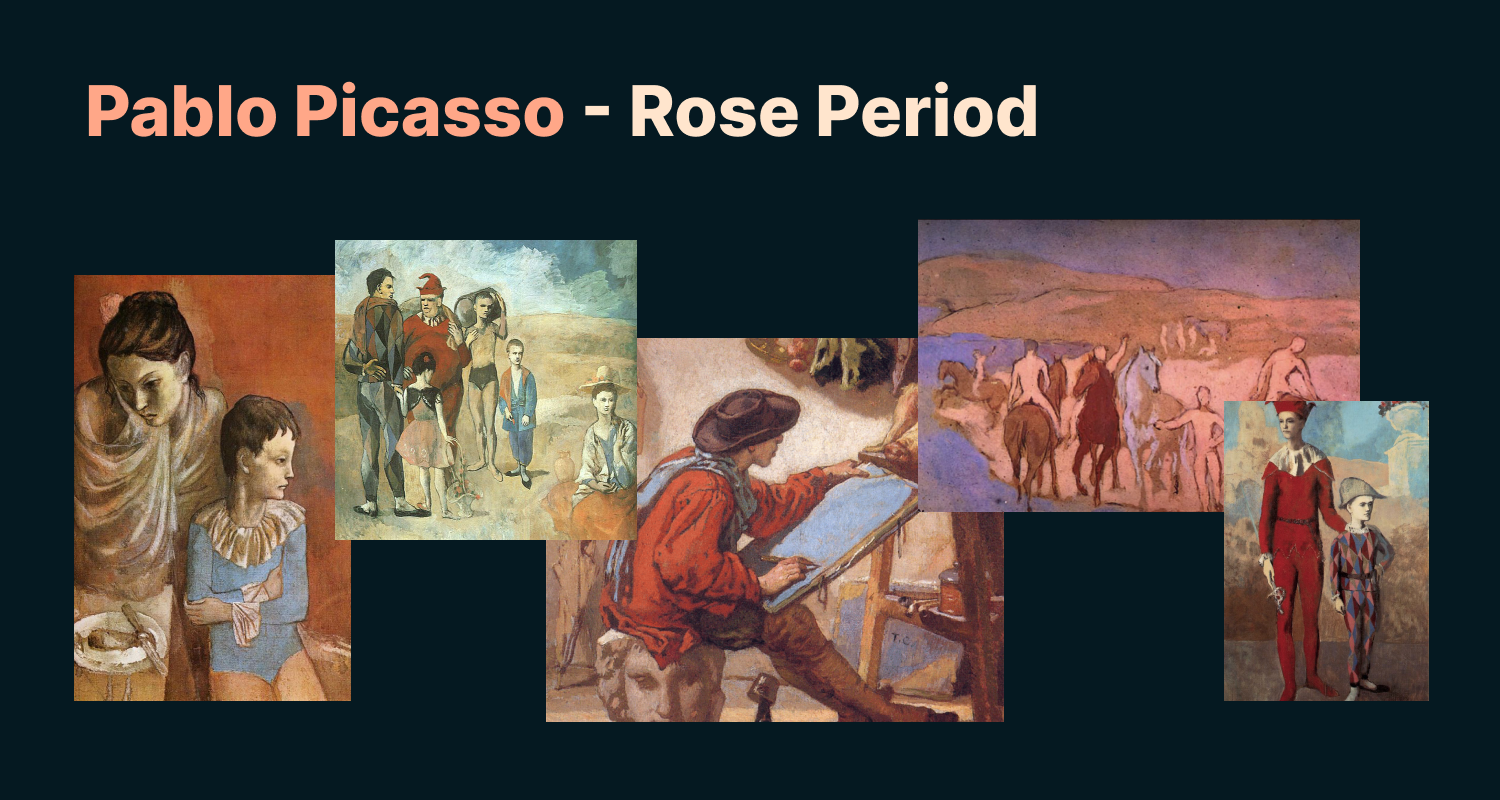
His artistic reach went far beyond painting. Picasso was an innovator in sculpture, ceramics, and printmaking, often using unconventional materials and techniques to bring his visions to life. Works like She-Goat (1950), created from found objects, demonstrate his relentless creativity and his ability to elevate everyday materials into art.
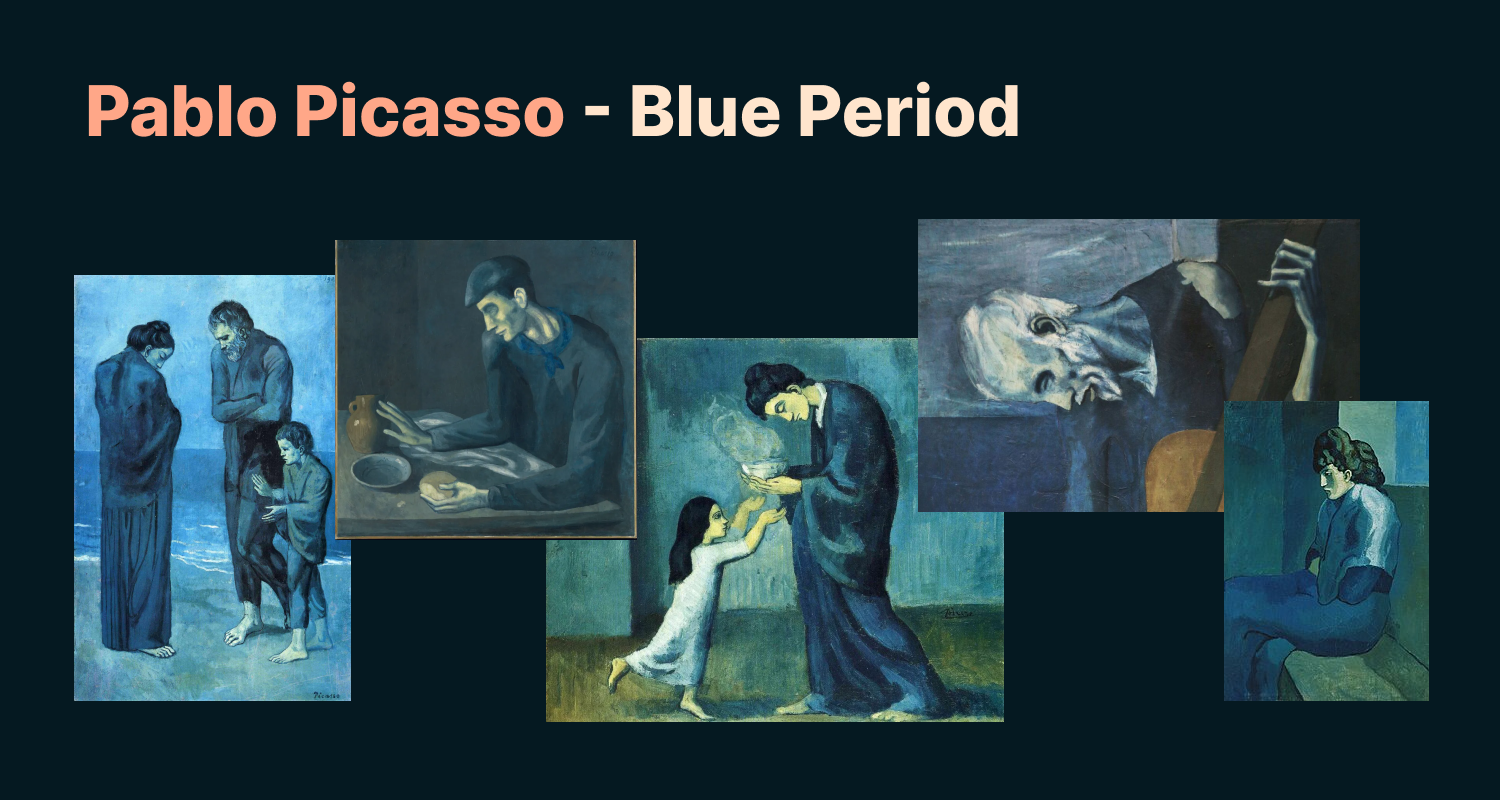
This versatility made Picasso a pioneer and a multifaceted genius whose work transcends categories.
Iconic Works and Their Stories
Picasso’s oeuvre includes some of the most iconic pieces in art history:
1. Les Demoiselles d’Avignon (1907): The Birth of Cubism
Les Demoiselles d’Avignon is often regarded as Picasso’s most revolutionary painting, marking the dawn of Cubism. Completed in 1907, the work shattered traditional notions of representation, perspective, and beauty, challenging the conventions of Western art.
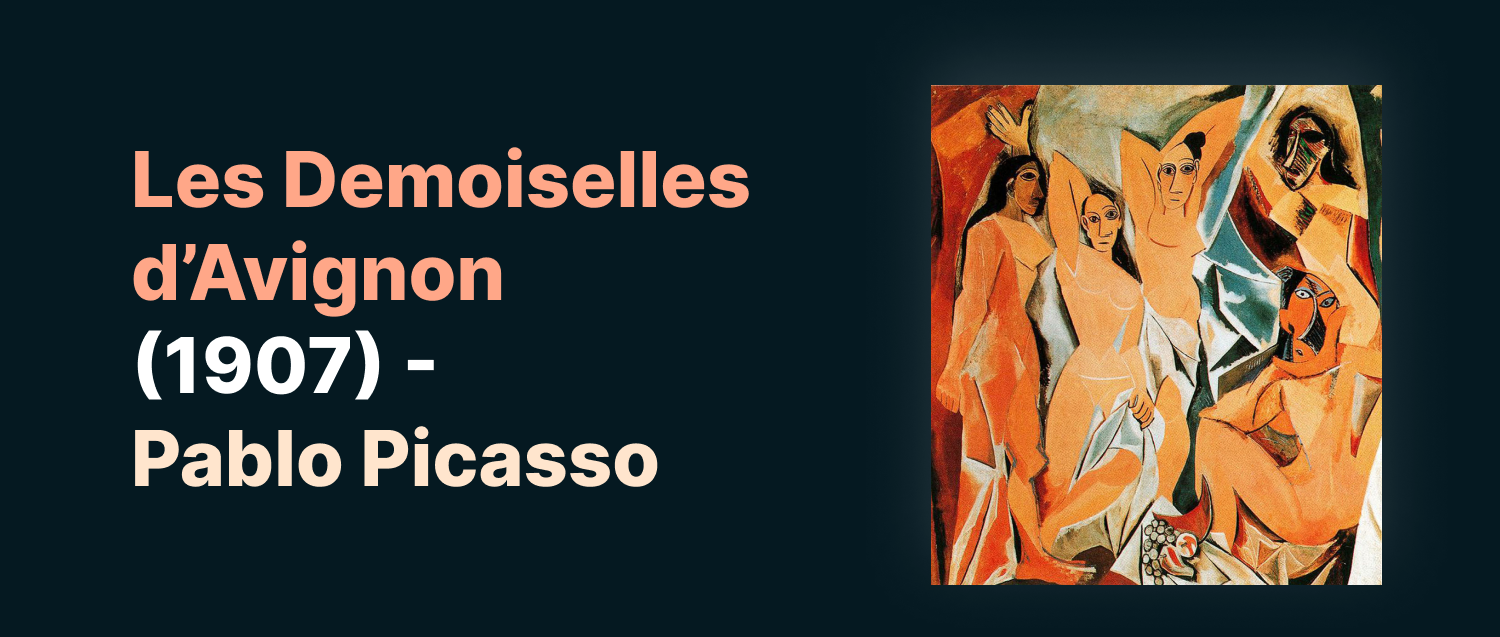
The Creation
Picasso was deeply influenced by African masks and Iberian sculpture, both of which emphasised abstraction over realism. Combining these inspirations with the multi-perspective approach pioneered by Paul Cézanne, Picasso created a piece that redefined how form and space were depicted in art.
The painting depicts five women in a brothel, their faces angular and distorted, their bodies fragmented into geometric planes. This radical departure from the smooth, anatomically accurate forms of the Renaissance shocked viewers and critics alike.
Why It Matters
Les Demoiselles d’Avignon is considered the precursor to Cubism. Its fragmented, angular forms and rejection of linear perspective laid the groundwork for a new visual language that would dominate modern art in the 20th century. Today, it is housed in the Museum of Modern Art in New York, where it continues to inspire and provoke discussion.
2. Guernica (1937): A Monumental Anti-War Statement
Few paintings capture the horrors of war as powerfully as Guernica. Created in response to the bombing of the Basque town of Guernica during the Spanish Civil War, this mural remains one of the most important political artworks in history.
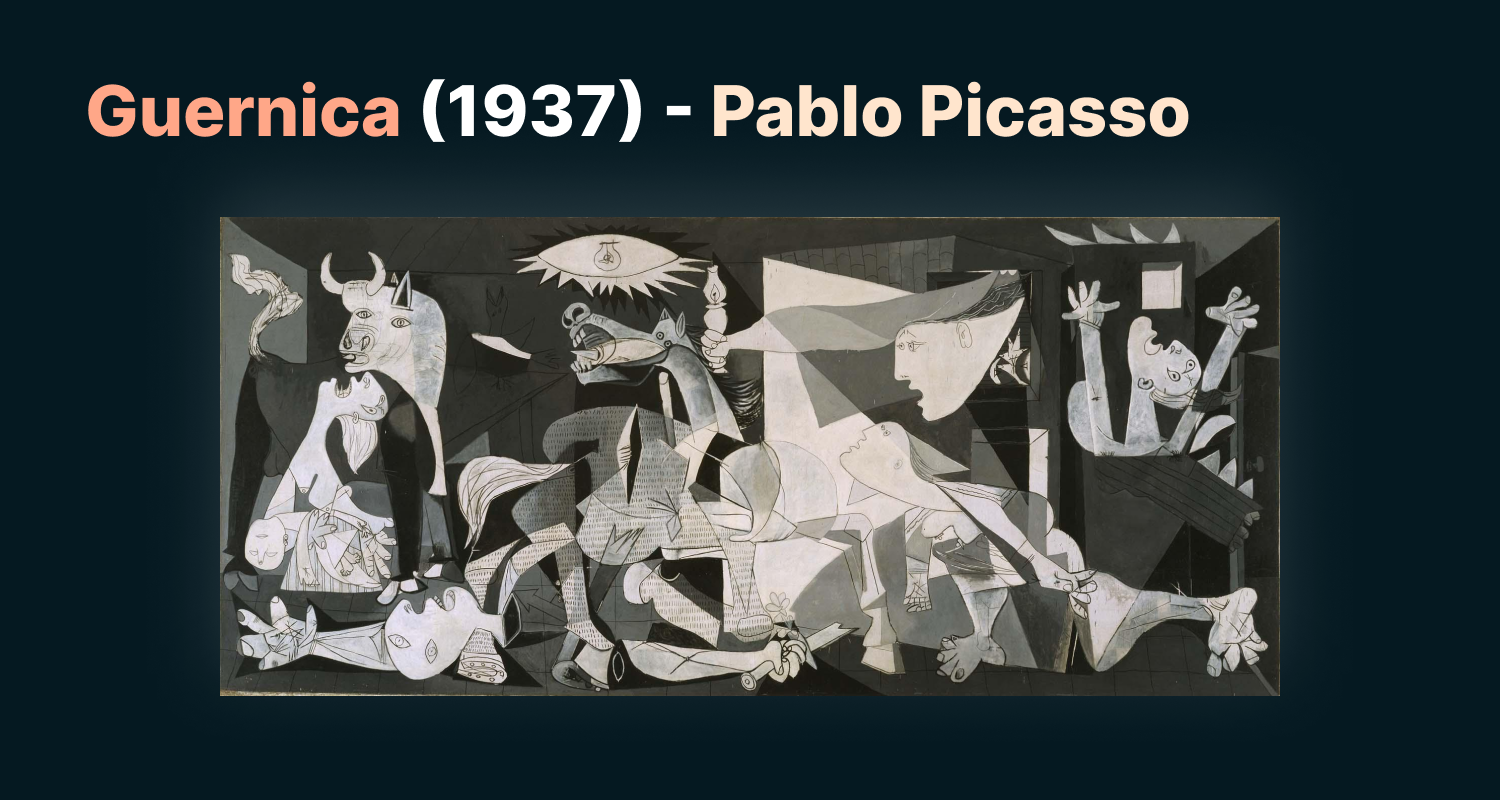
The Creation
Commissioned by the Spanish Republican government for the 1937 Paris International Exposition, Guernica was Picasso’s visceral response to the Nazi bombing that killed hundreds of civilians. Painted in stark black, white, and grey tones, the massive mural (measuring 11.5 feet by 25.6 feet) conveys a sense of chaos and suffering.
The composition is filled with fragmented figures, including a screaming woman holding her dead child, a dismembered soldier, and a bull symbolizing brutality and resilience. The absence of colour underscores the despair and devastation.
Why It Matters
Guernica transcends its historical moment, becoming a universal symbol of the atrocities of war and a powerful anti-war statement. Today, it resides in the Museo Reina Sofia in Madrid, drawing millions of visitors and serving as a reminder of art’s ability to confront injustice and provoke change.
- Guernica (1937): A stark and powerful anti-war statement, this mural depicts the horrors of the Spanish Civil War. It remains one of the most important political artworks ever created.
- Portrait of Gertrude Stein (1906): Commissioned by one of Picasso’s earliest patrons, this portrait highlights the artist’s connection to influential collectors who supported his career.
Each of these works reflect Picasso’s technical mastery and his ability to capture the spirit of his time, making his art timeless.
3. Portrait of Gertrude Stein (1906): The Power of Patronage
Before Picasso became a household name, his career was bolstered by influential patrons like Gertrude Stein, an American writer and art collector living in Paris. The Portrait of Gertrude Stein is a testament to their friendship but also a pivotal work in Picasso’s artistic evolution.
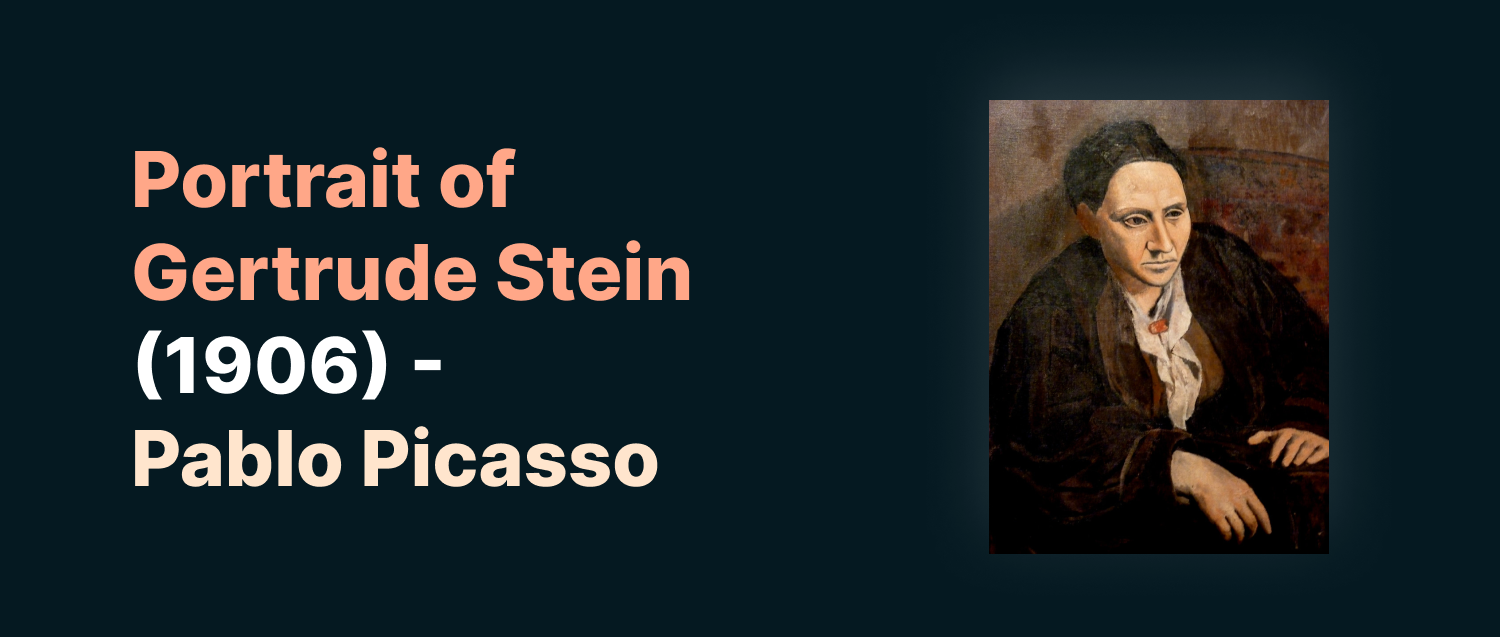
The Creation
Painted during Picasso’s early years in Paris, the portrait depicts Stein seated in a relaxed pose, her expression calm and confident. Unlike traditional portraits, the painting lacks precise detail, with Stein’s face appearing almost mask-like. This abstraction foreshadowed the stylistic innovations of Cubism.
Stein famously sat for over 90 sessions before Picasso declared he could no longer work from life and completed the face from memory. The result was a groundbreaking depiction that prioritized essence over likeness.
Why It Matters
The Portrait of Gertrude Stein symbolizes the artist-patron relationship that was crucial to Picasso’s early success. Stein’s support introduced Picasso to a network of collectors and intellectuals, helping to establish his reputation in Paris. Today, the painting resides in the Metropolitan Museum of Art in New York, where it continues to be celebrated as a milestone in modern portraiture.
While these are among the most well-known artworks made by Picasso, they are not considered the most expensive.
Picasso’s Market Legacy: Record-Breaking Auctions
The value of Picasso’s work in the art market is unparalleled. His masterpieces dominate auctions, consistently breaking records and cementing his position as one of the most valuable artists of all time.
Some of Picasso’s most notable auction successes include:
- Les Femmes d’Alger (Version O) (1955), which sold for $179.4 million in 2015.
- Le Rêve (1932), fetching $155 Million in 2013.
- Nude, Green Leaves and Bust, which achieved $106.5 million in 2010.
These staggering prices reflect the historical significance of Picasso’s works and their enduring appeal to collectors and investors. Picasso’s name is synonymous with stability in the art market, making his pieces prime examples of blue-chip art investments.
Can you invest in Picasso’s Artworks?
Investing in fine art, particularly blue-chip art by artists like Pablo Picasso, has long been considered a secure and appreciating method in the past century. Unlike traditional financial instruments such as stocks and ETFs, the art market provides investors with a tangible connection to cultural heritage and history. Here’s why Picasso stands out as one of the best artists to invest in:
- Cultural Significance: Picasso’s innovation, from Cubism to Surrealism, makes his work a cornerstone of modern art history. This enduring relevance ensures ongoing demand for his pieces.
- Proven Appreciation: Picasso’s auction records speak for themselves, with works like Les Femmes d’Alger (Version O) selling for $179.4 million. Over time, his pieces have demonstrated consistent value growth, outpacing many traditional investments.
- Scarcity and Demand: With a finite body of work and an ever-growing collector base, Picasso’s pieces are highly sought after, making them ideal for long-term appreciation.
Art Investments vs. Traditional Markets
The art market offers distinct advantages over traditional investments like the stock market or mutual funds:
- Low Correlation with Stock Markets: Fine art investments, including works by Picasso, tend to be less influenced by market volatility, providing a hedge against economic downturns.
- Cultural and Emotional Value: Owning a fraction of a Picasso masterpiece allows investors to participate in the legacy of one of the world’s most celebrated artists while diversifying their portfolio.
- Blue-Chip Security: Blue-chip art, like Picasso’s, functions similarly to blue-chip stocks, offering stable and consistent returns.
How to Invest in Picasso with Konvi
Through Konvi’s innovative platform and partnership with ArtMost, investors can now access fractional art investing, co-owning high-value artworks starting from as little as €250. Unlike traditional fine art funds or art investment companies, Konvi’s approach democratizes access to blue-chip art, making it possible for retail investors to participate in the high-end art market.
Why Choose Fractional Art Investing?
- Accessibility: No need to commit millions—co-ownership allows investors to enter the fine art market starting from €250.
- Expert Curation: With partners like ArtMost, investors gain access to thoroughly vetted, high-potential artworks.
- Transparent Ownership: Unlike traditional art funds, fractional ownership provides a clear and direct stake in a specific artwork.
Whether you’re a seasoned collector or investing in fine art for beginners, Picasso represents one of the best artwork investments available today.
In our most recent investment project, we enable our investors to invest in a Picasso art piece curated by our industry expert, Art Most.
The Investment Potential of Pablo Picasso
As the demand for fine art continues to grow, the potential returns from investing in Picasso are compelling. Art investment firms, art ETFs, and luxury funds often highlight Picasso as a cornerstone asset for their portfolios, reinforcing his significance in the art market.
In recent years, platforms like Konvi have emerged as leaders in fractional art investing, allowing individuals to co-own museum-quality works that were once reserved for an exclusive elite and high-net-worth individuals. Konvi's goal is to allow investors to break the high entry barriers of blue-chip art and participate in the appreciation potential of Picasso's masterpieces.
Picasso’s legacy isn’t just an artistic triumph; it’s an opportunity to combine cultural appreciation with financial strategy. By choosing to invest in art, particularly in blue-chip artists like Picasso, investors can diversify their portfolios while participating in a timeless market.
Explore Fractional Ownership of Fine Art with Konvi.
Key Investment Takeaways for Fine Art Investors
- Best Artists to Invest In: Pablo Picasso leads the pack as a globally recognised and consistently appreciating artist.
- Fractional Art Ownership: Platforms like Konvi offer accessibility to blue-chip art, starting from just €250 and offering investors an affordable option to participate in its appreciation.
- Art as a Hedge: Art investments provide diversification and protection against market volatility.
For anyone looking to buy art as an investment or explore blue-chip art investments, Picasso remains a top choice, blending timeless artistry with strong financial potential. Start your journey into fractional art investing with Konvi today.
Discover Investment Opportunities in Fine Art.
Pablo Picasso’s legacy embodies the perfect synergy of artistic brilliance and financial opportunity. His works not only define modern art but also represent a stable and appreciating asset class. Through Konvi, you can transcend traditional barriers to art investment and co-own a piece of Picasso’s legacy. Whether you’re drawn to the emotional power of Guernica or the groundbreaking abstraction of Les Demoiselles d’Avignon, investing in Picasso is a step into a timeless market filled with cultural and financial rewards.

